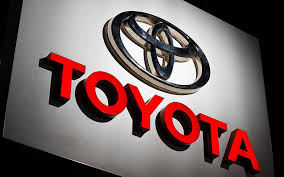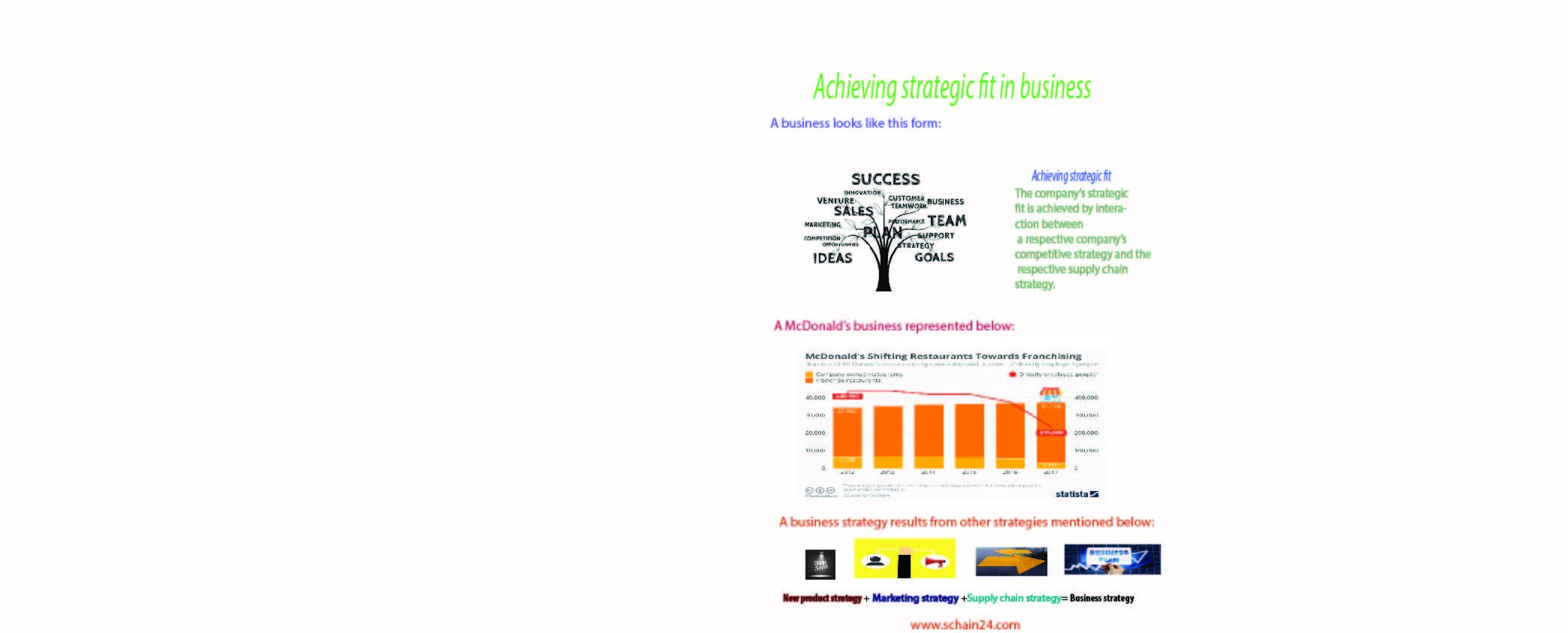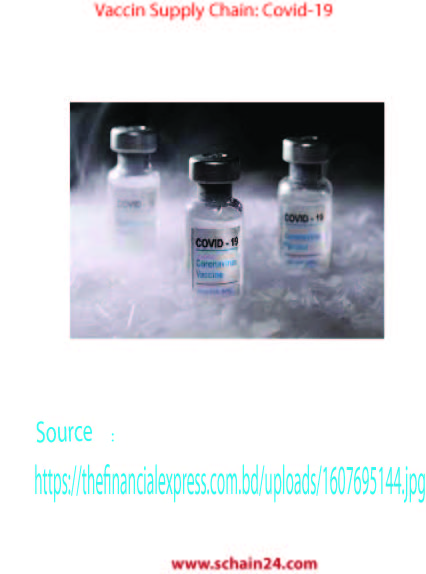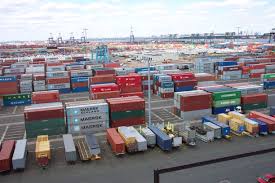Abstract
Toyota has an effective supply chain strategy that puts value and efficiency first. It has adopted the Just-In-Time (JIT) system, which guarantees on-demand delivery of materials and components while cutting waste and inventory expenses. By employing a tiered supplier system and incorporating employees at all levels in cooperative improvement initiatives, Toyota also cultivates long-term relationships with its suppliers. The Toyota Production System (TPS) maximizes efficiency while reducing waste and overproduction. To match production schedules with market demand, the organization employs sophisticated demand forecasting systems. Toyota also uses buffer stockpiles for essential components and dual-sourcing tactics to proactively manage supply chain risks. For improved supply chain monitoring and predictive analytics, the business incorporates cutting-edge digital technologies like IoT and AI.
Keywords: Toyota’s supply chain management
Introduction
Since 1937, the Toyota Motor Corporation has become one of the largest auto producers in the world and it is still evolving and penetrating different national markets all over the world. Toyota’s supply chain management system is a comprehensive system that helps manage the flow of materials, information, and services throughout the entire supply chain from suppliers and vendors to the production and distribution of products and services. The system includes processes such as procurement, inventory control, order fulfillment, and customer service. Toyota’s supply chain is globally recognized as a benchmark for efficiency, resilience, and innovation. Below are some salient features often highlighted in case studies about Toyota’s supply chain management:
Just-in-Time (JIT) Manufacturing
Toyota pioneered the JIT system, ensuring that materials and components are delivered exactly when needed, reducing inventory costs and waste. Suppliers provide parts “on-demand,” allowing Toyota to maintain lean operations. Only produce what customers need, when they need it, and in the quantity they need. Avoid holding up goods and information during production. Produce at the same pace as sales. Only receive parts from suppliers when they’re needed.
Close Supplier Relationships
Toyota fosters long-term partnerships with suppliers, emphasizing trust, collaboration, and mutual growth. The company uses a tiered supplier structure, where Tier-1 suppliers work closely with Toyota and coordinate with Tier-2 and Tier-3 suppliers. Toyota regularly engages suppliers in joint improvement programs (kaizen).
Kaizen (Continuous Improvement)
Kaizen is a Japanese term, which mentions gradually approaching higher standards in enhancing quality and reducing waste while involving all levels of staff in a company or a Supply Chain. Continuous improvement is a cornerstone of Toyota’s supply chain. Both employees and suppliers are encouraged to find ways to enhance processes and reduce waste. The kaizen philosophy leads to incremental efficiency gains throughout the supply chain. Kaizen is a Japanese term, which mentions gradually approaching higher standards in enhancing quality and reducing waste while involving all levels of staff in a company or a Supply Chain.
Lean Production System
The Toyota Production System (TPS) minimizes waste (muda), overproduction, and unnecessary inventory while maximizing efficiency and value in Toyota’s supply chain management. Lean manufacturing involves never-ending efforts to eliminate or reduce “muda”(a Japanese term used to reduce waste, which does not add value to the Supply Chain) while making design, manufacturing, distribution, and customer service processes in the respective Supply Chain. Practices like “jidoka” (automation with a human touch) ensure quality control by immediately stopping production to address defects.
Global Supply Chain Network
Toyota has developed a robust and agile global supply chain to manage its extensive operations across different markets. The company ensures geographic diversification in sourcing materials, mitigating risks related to disruptions like natural disasters or geopolitical instability.
Built-in Quality Control
Quality assurance is embedded in the supply chain through practices like Andon (visual feedback systems) and Poka-Yoke (error-proofing mechanisms). Suppliers are held to stringent quality standards to ensure parts meet Toyota’s specifications.
Demand Forecasting and Planning
Toyota uses advanced demand forecasting techniques to align production schedules with market demand. The company balances supply chain efficiency with flexibility to respond quickly to changing consumer needs.
Risk Management and Resilience
Toyota proactively addresses supply chain risks by maintaining dual sourcing strategies and building buffer stocks for critical components. After the 2011 earthquake and tsunami in Japan, Toyota improved supply chain visibility and strengthened its ability to recover from disruptions.
Technological Integration
Toyota integrates advanced digital technologies, such as IoT and AI, into its supply chain for better monitoring, tracking, and predictive analytics. Smart factories and connected systems ensure real-time data sharing between Toyota and its suppliers.
Sustainability Initiatives
Toyota emphasizes environmentally friendly practices throughout its supply chain.The company collaborates with suppliers to reduce carbon emissions, energy consumption, and waste in line with its environmental goals.
Cross-Docking
Toyota uses cross-docking facilities to minimize handling and storage costs. This system ensures efficient movement of goods from suppliers to production plants or customers.
Localization
Toyota strategically localizes production and supplier bases to reduce transportation costs, tariffs, and lead times. Localization helps Toyota cater to regional preferences and improve responsiveness to local markets.
Toyota’s organization helped the supply chain
The foundation of Toyota’s principles of management is based on the three levels of the culture of Shein’s pyramid: artifacts and behavior, norms and values, and underlying assumptions. Trompenaars and Hampden-Turner (1997) characterize Japanese culture as the Family culture type and Hofstede (Itim International 2009) states that Japanese culture is a collectivistic society with male domination, strict rules, and laws at work, and long-term orientation; moreover, Toyota culture is a perfect reflection of Japanese culture (Hoseus and Liker 2008). Toyota’s way is based on (Elsey and Fujiwara 2000): continuous improvement and learning, respect for people and mutual trust, teamwork and long-term thinking. These principles help the strategic development of the company, that is penetrating various international markets and the production of quality vehicles at low costs (Direction, 2008). Most people have worked for more than 10 years in the company, and they like what they do, and they are proud of what they do. Finally, there are two main factors that lead the Toyota Company to success: technological innovations and qualified human resources (Elsey and Fujiwara 2000).
Impact of the automotive industry on the Toyota supply chain
Toyota’s supply chain management has significantly impacted the automotive industry by streamlining production processes, reducing costs, and increasing efficiency. This system has allowed Toyota to produce vehicles at lower costs than competitors and respond quickly to market changes. Toyota’s supply chain has also positively impacted the automotive industry as a whole, allowing other companies to produce vehicles at lower costs and stay ahead of the competition. Overall, Toyota’s supply chain has revolutionized the automotive industry and contributed to its success.
Conclusion
These features collectively contribute to Toyota’s reputation as a leader in supply chain management, enabling the company to maintain high efficiency, cost-effectiveness, and adaptability in a dynamic global market. Toyota’s supply chain system is based on the principles of Just-in-Time (JIT) production. This system involves producing only what is needed when it is needed and in the quantities needed. This reduces the amount of inventory that needs to be stored and shipped, resulting in lower costs and faster delivery times. Toyota’s organization helps it greatly to excel in supply chain management.
Reference:
- https://www.everythingsupplychain.com/guide-to-the-toyota-supply-chain/
- Sosnovskikh, Sergey.(2016). “Toyota Motor Corporation: Organizational Culture”. University of Greenwich, 6, No. 7, 442-454.
- https://youtu.be/TKhcgPryv8Y?si=AYr7rQV-xEKTt4cg






